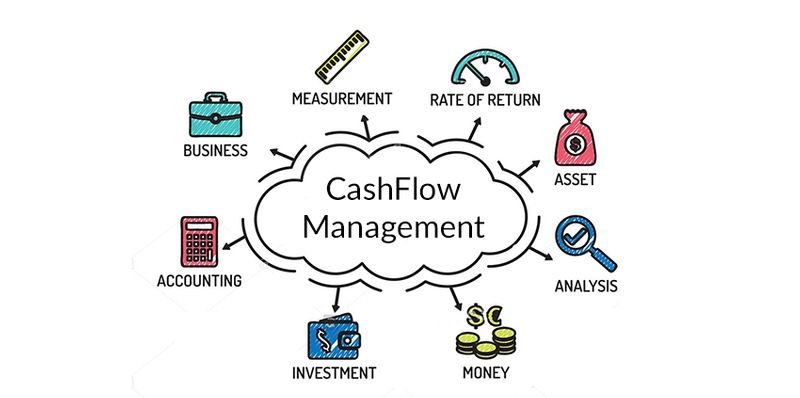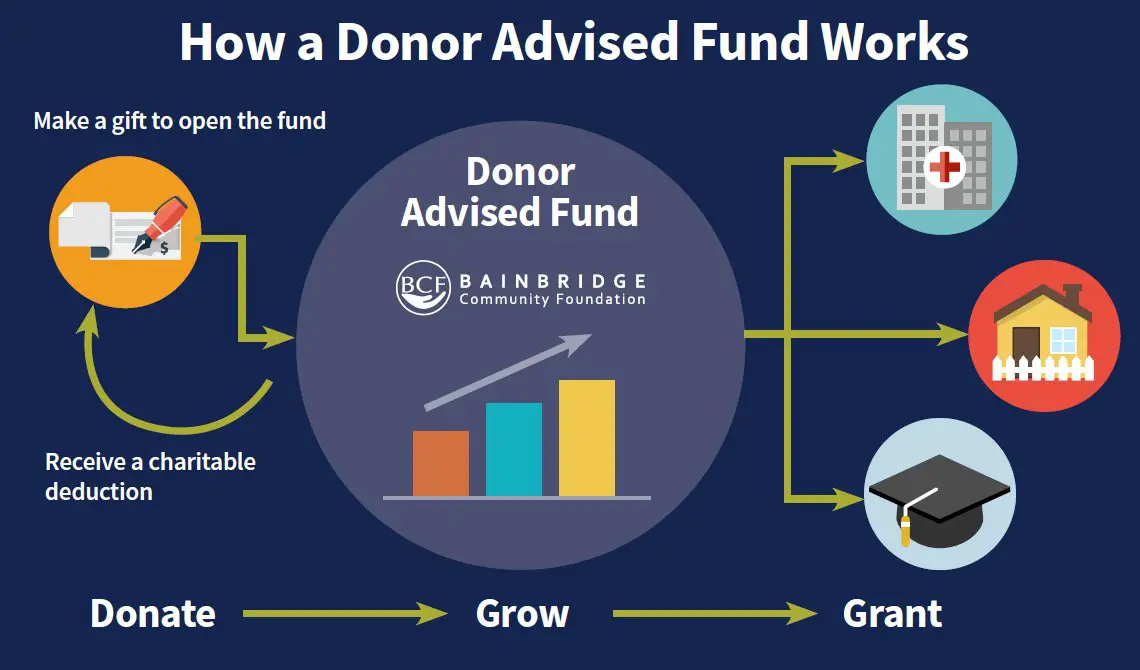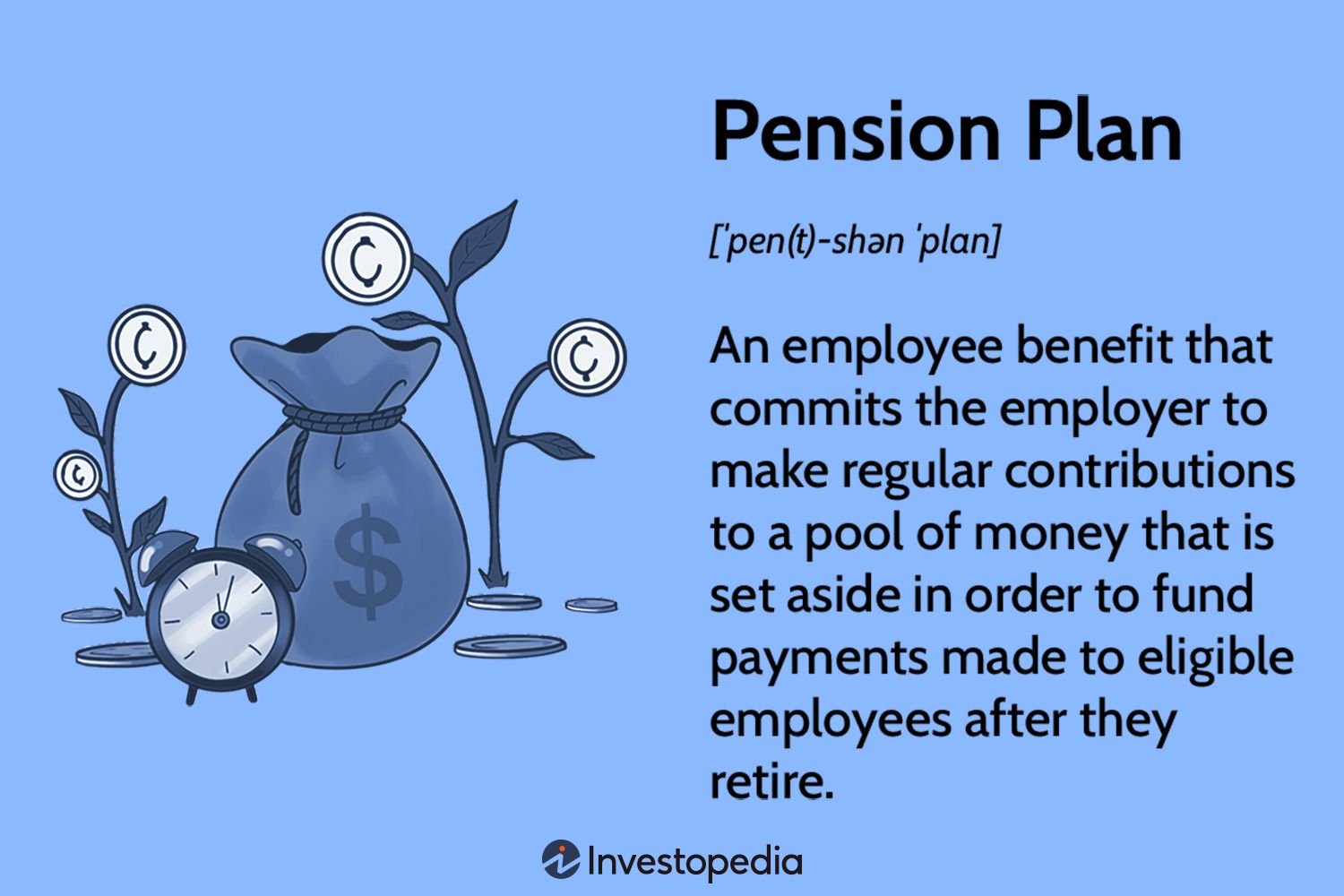Do you find yourself constantly struggling to maintain a positive cash flow for your business? Well, look no further! In this article, we will uncover some essential tips for maintaining a positive cash flow that will help you navigate the financial challenges and keep your business thriving.
One of the most crucial aspects of maintaining a positive cash flow is efficient invoicing and timely payments. By staying on top of your invoicing process and ensuring that clients pay promptly, you can avoid unnecessary cash flow gaps and keep the money flowing smoothly.
Another fundamental tip is to closely monitor your expenses and cut down on unnecessary costs. By analyzing your expenditures and finding ways to streamline them, you can significantly improve your cash flow and allocate more resources to essential areas of your business.
Furthermore, it’s essential to establish strong relationships with your suppliers and negotiate favorable payment terms. By maintaining open communication and exploring mutually beneficial agreements, you can ease the burden on your cash flow and build long-term partnerships.
Lastly, implementing a sound cash flow forecasting system can be a game-changer. By accurately predicting your future cash flow based on historical data and market trends, you can proactively plan and make informed financial decisions.
With these tips for maintaining a positive cash flow, you can ensure the financial stability and success of your business. So, let’s dive into each strategy and discover how to effectively manage your cash flow for a thriving business!
Tips for Maintaining a Positive Cash Flow
Introduction
Maintaining a positive cash flow is crucial for the success and longevity of any business. It ensures that you have enough money to cover your expenses, invest in growth, and weather any unexpected financial challenges. However, managing cash flow effectively can be a daunting task, particularly for small businesses and startups. In this article, we will explore some essential tips and strategies to help you maintain a positive cash flow for your business. By implementing these practices, you can better manage your finances, improve profitability, and set the stage for long-term success.
1. Monitor and Forecast Cash Flow Regularly
To maintain a positive cash flow, it is vital to have a clear understanding of your current financial situation and be prepared for any upcoming disruptions. By monitoring and forecasting your cash flow regularly, you can identify potential issues in advance and take proactive measures to address them. Here’s how you can do it effectively:
- Track your income and expenses: Keep a record of all the money coming into and going out of your business. Categorize your expenses and income sources to gain a better understanding of your cash flow patterns.
- Use cash flow forecasting tools: Leverage technology to simplify the process of cash flow monitoring and forecasting. Numerous accounting software and online tools can help you generate accurate forecasts based on historical data, seasonality, and other factors.
- Consider multiple scenarios: Prepare cash flow projections for different scenarios, such as best-case, worst-case, and moderate-case. This allows you to plan ahead and make informed decisions based on potential outcomes.
2. Improve Invoicing and Collection Processes
Late payments from customers can have a significant impact on your cash flow. Delayed cash inflows can create a strain on your finances, making it challenging to cover your own expenses on time. To ensure timely payments and a steady cash flow, follow these strategies:
- Create clear and detailed invoices: Make sure your invoices include all the necessary information, including contact details, payment terms, itemized charges, and due dates. A well-presented invoice reduces confusion and encourages prompt payment.
- Send reminders for unpaid invoices: Establish a process for sending polite payment reminders to customers who haven’t paid within the agreed-upon timeframe. This proactive approach helps keep your cash flow consistent and minimizes the risk of late payments.
- Offer incentives for early payment: Consider offering discounts or other incentives to customers who pay early or on time. This encourages prompt payment and improves your cash flow position.
- Implement a robust collection process: If a customer consistently delays payment, have a clear policy in place for escalating the situation. Consider enlisting the help of collection agencies or legal assistance if necessary.
3. Manage Inventory and Expenses Wisely
Optimizing your inventory and controlling expenses are essential for maintaining a positive cash flow. By managing these aspects efficiently, you can minimize unnecessary costs and ensure that your resources are being utilized effectively. Here are some tips to help you:
- Implement just-in-time inventory management: Rather than keeping excess stock, adopt a just-in-time inventory approach. This involves ordering inventory only when it is needed, reducing storage costs and the risk of obsolete inventory.
- Negotiate favorable payment terms with suppliers: Establish strong relationships with your suppliers and negotiate flexible payment terms. Longer payment windows can give you more time to generate revenue before settling your bills.
- Control your overhead expenses: Regularly review your fixed and variable expenses to identify potential areas for cost reduction. Explore ways to cut unnecessary expenses without compromising the quality of your products or services.
- Consider leasing instead of buying: Evaluate whether leasing certain equipment or assets is a more cost-effective option than purchasing outright. Leasing can help you conserve cash and avoid large upfront expenses.
4. Diversify Revenue Streams
Relying on a single source of income exposes your business to significant risk. If that source is disrupted, your cash flow can suffer greatly. By diversifying your revenue streams, you can safeguard against fluctuations and maintain a steady cash flow. Consider the following strategies:
- Expand your product or service offerings: Analyze your target market and identify opportunities to broaden your portfolio. Introduce complementary products or services that cater to the needs of your existing customer base.
- Explore new markets: Consider expanding your business into new geographical regions or demographics. Conduct market research to identify potential untapped markets and develop strategies to enter them.
- Develop strategic partnerships: Collaborate with compatible businesses to cross-promote each other’s products or services. This can help you tap into new customer segments and increase your revenue streams.
- Invest in innovation: Continuously innovate and adapt to changing market demands. By staying ahead of the curve and offering unique solutions, you can attract new customers and maintain a competitive edge.
5. Manage Debt and Negotiate Favorable Terms
Debt can be a valuable tool for financing growth or managing cash flow gaps. However, it is crucial to manage your debt effectively and negotiate favorable terms to avoid straining your cash flow. Consider the following strategies:
- Choose the right type of financing: Evaluate different financing options and select the one that best suits your business needs. Compare interest rates, repayment terms, and associated fees to ensure they align with your cash flow capabilities.
- Optimize your credit terms: Negotiate favorable credit terms with your suppliers to create additional breathing room for your cash flow. Aim for longer payment windows or discounts for early payment.
- Consolidate high-interest debt: If you have multiple high-interest debts, consider consolidating them into a single loan with more favorable terms. This can lower your interest expenses and simplify your debt management.
- Regularly review and renegotiate existing loans: Keep an eye on your existing loan terms and periodically assess if you can negotiate better rates or repayment plans. A small reduction in interest rates can significantly improve your cash flow.
Maintaining a positive cash flow is vital for the financial health and stability of your business. By implementing the tips and strategies outlined in this article, you can effectively manage your cash flow, minimize financial stress, and set your business up for long-term success. Regularly monitor your cash flow, improve invoicing and collection processes, manage inventory and expenses wisely, diversify revenue streams, and manage debt effectively. Remember, maintaining a positive cash flow requires continuous attention and adaptation to the changing needs of your business. Stay proactive and make informed financial decisions to keep your business on a solid financial footing.
Business Profit Maximizer #2 – How To Manage Your Cash Flow – Dan Lok
Frequently Asked Questions
Frequently Asked Questions (FAQs)
How can I improve my cash flow?
To maintain a positive cash flow, consider these tips:
– Monitor your cash flow regularly to identify any potential issues.
– Invoice promptly and follow up on overdue payments.
– Negotiate better payment terms with suppliers or vendors.
– Implement cost-cutting measures where possible.
– Offer incentives for early payments from customers.
– Consider securing a line of credit or overdraft facility as a backup.
What steps can I take to manage my expenses effectively?
To manage expenses and improve cash flow, try the following strategies:
– Review your expenses regularly to identify areas where you can cut costs.
– Negotiate better pricing with suppliers or explore alternative options.
– Implement expense approval processes to ensure spending is justified.
– Consolidate and renegotiate existing contracts for better terms.
– Consider outsourcing non-core functions to reduce overhead costs.
How important is it to maintain a positive relationship with customers?
Maintaining a positive relationship with customers is crucial for a healthy cash flow. Satisfied customers are more likely to make timely payments and potentially refer your business to others. Building strong customer relationships can also lead to repeat business and increased revenue.
What role does cash flow forecasting play in maintaining a positive cash flow?
Cash flow forecasting helps you anticipate and plan for cash flow fluctuations. By projecting your future income and expenses, you can identify potential gaps or surpluses in cash flow. This allows you to make informed decisions about expenditures, savings, and investments to ensure a positive cash flow.
Can I improve my cash flow by offering discounts or promotions to customers?
Offering discounts or promotions can incentivize customers to make purchases, which can improve your cash flow in the short term. However, it’s important to carefully evaluate the impact of discounts on your profit margins and long-term sustainability. Consider conducting a cost-benefit analysis before implementing any discounts or promotions.
What are the possible consequences of poor cash flow management?
Poor cash flow management can have several negative consequences for your business, including:
– Difficulty paying suppliers or meeting financial obligations.
– Accumulation of debt and potential damage to your credit rating.
– Inability to invest in growth opportunities or cover unexpected expenses.
– Strained relationships with suppliers, customers, and employees.
– Increased stress and uncertainty for business owners or management.
How can I encourage faster payment from customers?
To encourage faster payment from customers, you can:
– Clearly communicate your payment terms and expectations upfront.
– Send timely and accurate invoices with all necessary details.
– Offer incentives for early or on-time payments, such as discounts.
– Follow up promptly on overdue payments with polite reminders.
– Establish a streamlined payment process, including online payment options.
What can I do if I am consistently facing cash flow challenges?
If you consistently face cash flow challenges, consider the following actions:
– Seek expert advice from an accountant or financial advisor.
– Analyze your business operations and identify areas for improvement.
– Explore financing options, such as short-term loans or lines of credit.
– Review your pricing strategy and consider adjusting it if necessary.
– Evaluate your product or service offerings to ensure they align with market demand and are priced appropriately.
Final Thoughts
In order to maintain a positive cash flow, there are several essential tips to keep in mind. First, regularly track and monitor your expenses and revenue to gain a clear understanding of your financial health. Additionally, consider implementing efficient cash flow management strategies such as invoicing promptly and offering discounts for early payments. It is also crucial to maintain a healthy relationship with your suppliers and customers to ensure timely payments and minimize outstanding receivables. Lastly, creating a cash flow forecast and regularly reviewing it will help you anticipate and address any potential issues. By following these tips for maintaining a positive cash flow, you can ensure the financial stability of your business.



